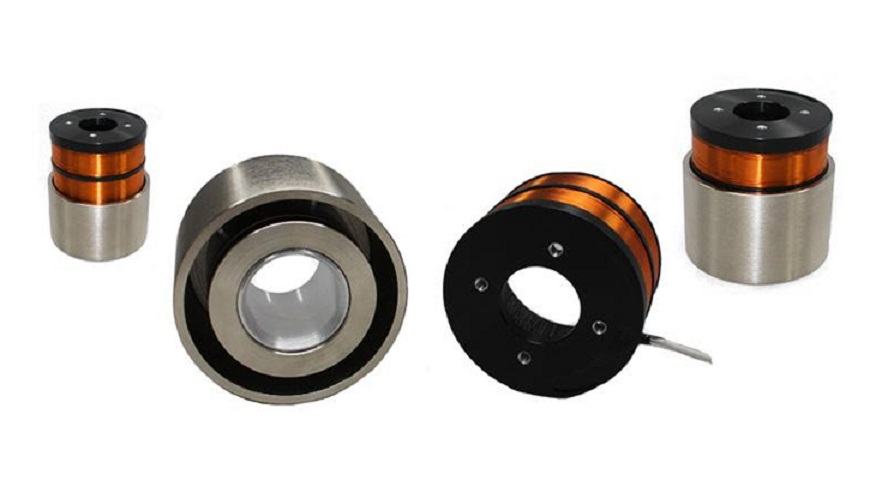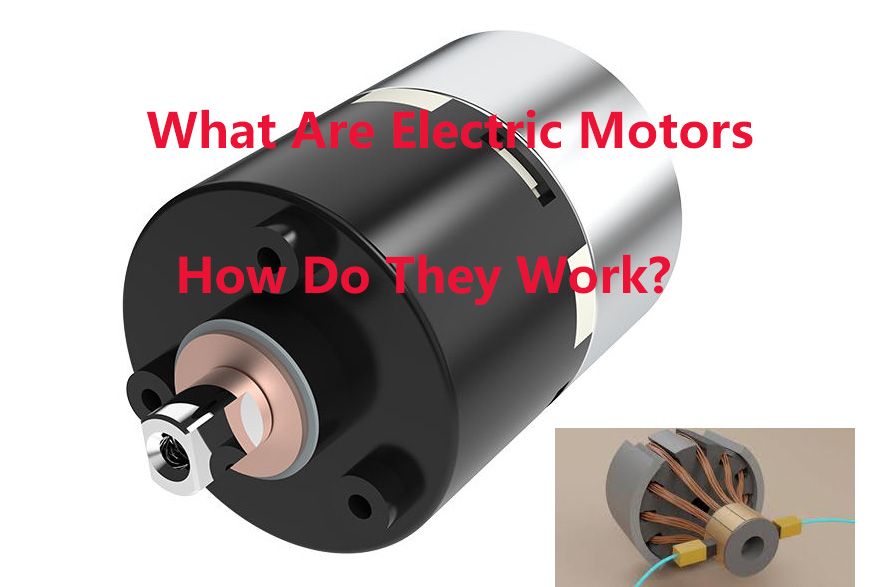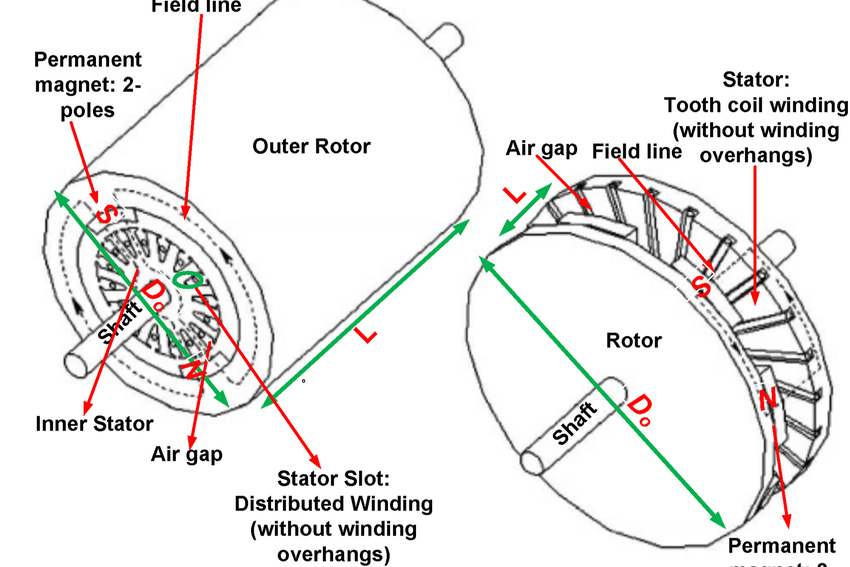Everything You Need to Know About Voice Coil Motors
What are voice coil motors?
Voice Coil Motors (VCMs) are the simplest type of electric motors, which consist of two separate parts: the magnetic housing and the coil. Voice coil motors are brushless and do not utilize commutation. Their structural stability can support high positioning resolutions presented by external position sensors and motion controllers.

How do voice coil motors work?
A simple linear voice coil motor consists of a tubular coil of wire. The wire is situated within a magnetic field. The magnetic field is produced by permanent magnets embedded in the inside diameter of a ferromagnetic cylinder. The cylinder is arranged so that the side of the magnets that faces the ferromagnetic cylinder has the same polarity as the cylinder.
When current passes through the coil, it generates a magnetic field that interacts with the field of the permanent magnet, producing a force that moves the coil linearly along a fixed path. The direction and magnitude of the motion depend on the polarity and strength of the current, allowing precise control of the movement. This simple, frictionless mechanism enables VCMs to achieve rapid, accurate, and smooth linear motion, making them ideal for applications requiring precise positioning.

Why are linear voice coil motors widely used?
The linear voice coil motor (VCM) is a direct drive and hysteresis-free device used for providing highly accurate linear motion. The linear VCMs utilize a magnetic field generated by permanent magnets in connection with a coil of wires to produce an electric driving force for high-precision position control.
Since the mass of the moving coil is typically low, the speed and acceleration of the VCM are very high and the settling time is very short. Moreover, because the inductance of a VCM is typically low, the resulting low electrical time constant enables the VCM to have a very fast response and bandwidth. Besides, the direct-drive features benefit the VCM such as zero cogging, zero backlashes, smooth motion at low speeds, and limitless resolution. Therefore, VCMs have been widely applied to various small-range positioning applications.
Characteristics of Voice Coil Motors

1. Reliability – side forces developed are negligible, so bearing loading can be very low to enable long-life operation.
2. Simplicity – the voice coil motor is a single pole device requiring no commutation. Both the device itself and the associated controller can be very simple and robust.
3. Flexible Configuration – the principle of operation lends itself to many different mechanical layouts allowing great flexibility in the design of associated systems.
4. Fast operation – Low electrical inductance and low moving mass enable fast inflow of current and high acceleration. Acceleration of >500G is possible with custom devices.
5. Controllability – Force is proportional to the applied current and is uniform through a displacement that can be several 10's of mm or several 10's of degrees of rotation.
6. Low hysteresis – The magnetic behavior is free of hysteresis over typical operating areas, depending on the type of bearings used, very low hysteresis can be realized.
7. Flexible Production – Most product configurations can be produced without requiring tooling for prototypes, or for limited production volumes – product design needs to allow for manufacturing methods appropriate to customer volume requirements.
Applications of voice coil motors
Voice coil motors (VCMs) are versatile components with a range of applications, particularly where precise linear motion is essential. Key applications include:
- Hard Disk Drives: Used for positioning the read/write head with high accuracy and speed.
- Camera Systems: Employed in autofocus mechanisms and optical image stabilization, allowing for clear and sharp images even with movement.
- Medical Devices: Utilized in various equipment for fine motion control, including surgical robots and diagnostic machines.
- Robotics: Integral in robotic arms and other systems requiring smooth, controlled motion with high precision.
- Vibration Isolation Systems: Applied in systems that require active damping to minimize vibrations in sensitive instruments or structures.
- Automotive Industry: Used in adaptive headlight systems and other components requiring precise motion control.
Conclusion
Thank you for reading our article and we hope it can help you to know voice coil motors well. If you want to know more about voice coil motors or other magnet products, you can visit Stanford Magnets for more information. With more than two decades of experience in the manufacture and sale of all kinds of magnet products, Stanford Magnets provides customers with high-quality rare earth permanent magnetic products, such as neodymium magnets, at a very competitive price.















